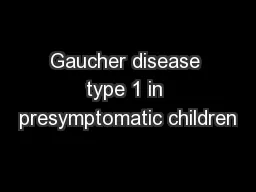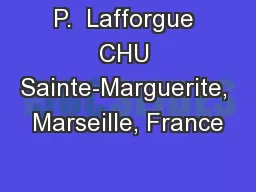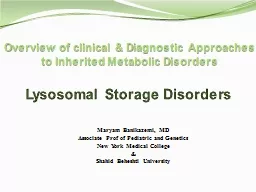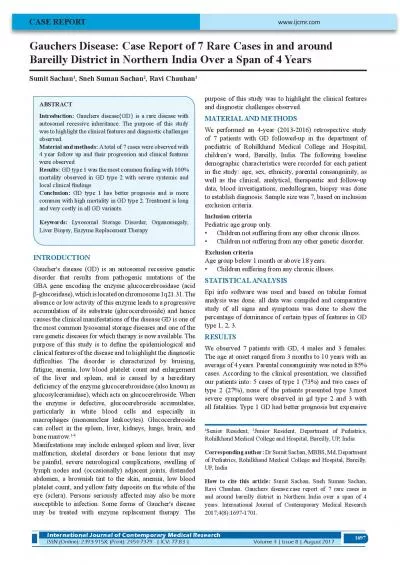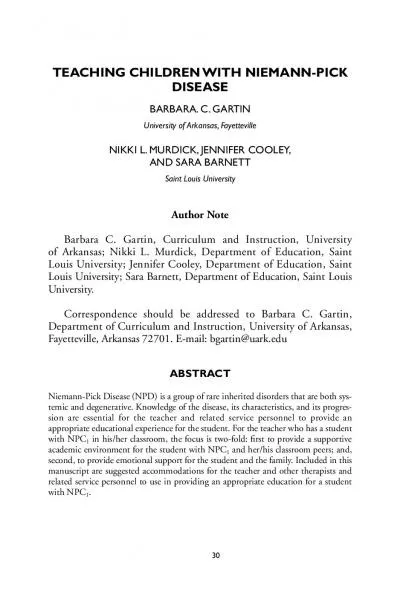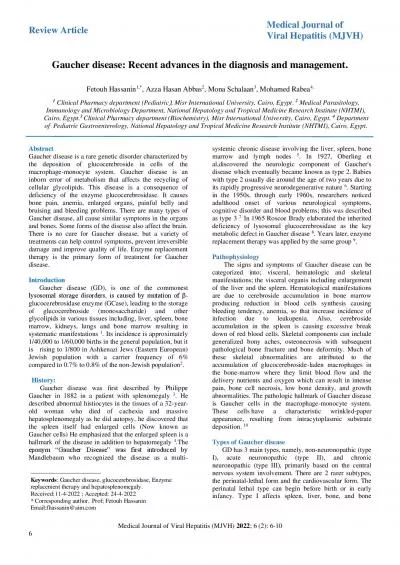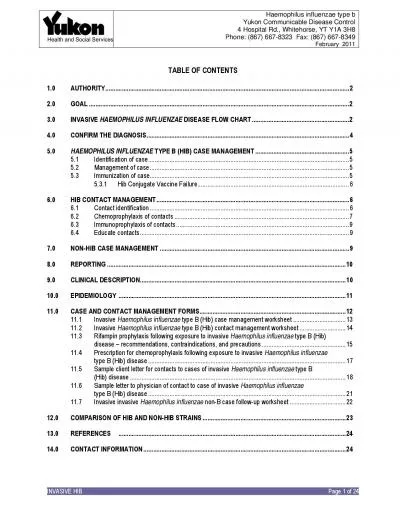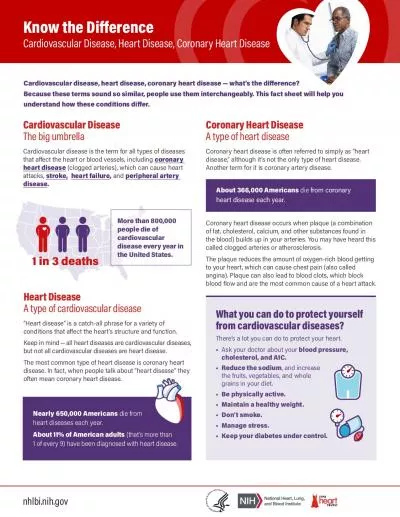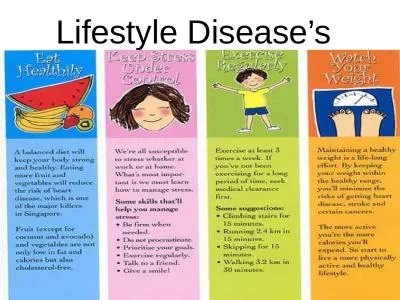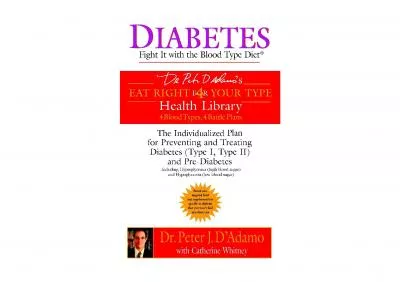PPT-Gaucher disease type 1 in presymptomatic children
Author : lois-ondreau | Published Date : 2018-03-15
Amy C Yang MD FACMG Assistant Professor amp Clinical Geneticist Lysosomal Storage Disease Program Dept Genetics and Genomic Sciences Mount Sinai Medical Center October
Presentation Embed Code
Download Presentation
Download Presentation The PPT/PDF document "Gaucher disease type 1 in presymptomatic..." is the property of its rightful owner. Permission is granted to download and print the materials on this website for personal, non-commercial use only, and to display it on your personal computer provided you do not modify the materials and that you retain all copyright notices contained in the materials. By downloading content from our website, you accept the terms of this agreement.
Gaucher disease type 1 in presymptomatic children: Transcript
Download Rules Of Document
"Gaucher disease type 1 in presymptomatic children"The content belongs to its owner. You may download and print it for personal use, without modification, and keep all copyright notices. By downloading, you agree to these terms.
Related Documents

